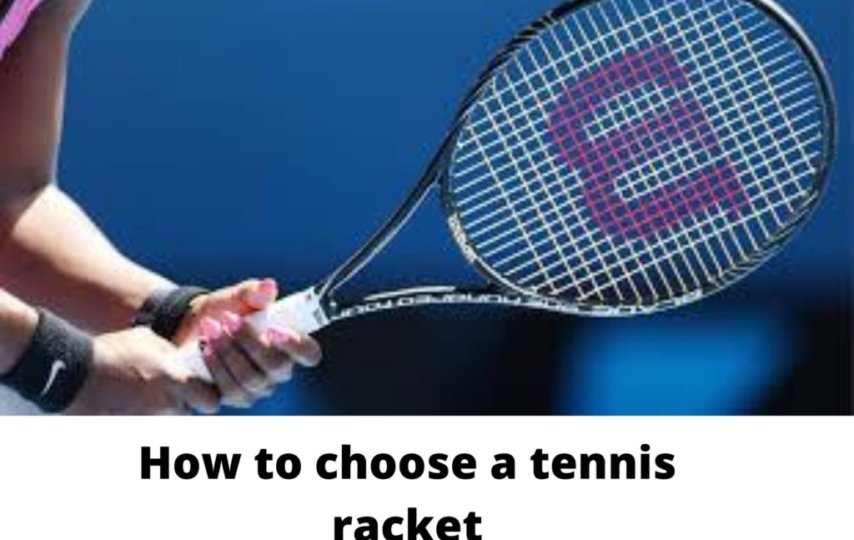Power, control and maneuverability are the variables that affect the choice of a tennis racket. All tennis players in the world are in constant search for the ideal racket that meets the optimal combination of these three variables. This guide will show you how to read and interpret the specifications of tennis rackets and understand how they affect power, control and maneuverability, making your choice easy and fun. And we have also a complete Tennis rackets reviewsyou can read.
5 Simple things you have to look when choose a tennis racket
- Head Size
It is the oval surface of the racket, expressed in inches2 or cm2. The size of the head affects the style of play and the speed of the ball, and then the power of the racket. A large impact zone produces more energy than a smaller one. Typically, a large head offers more “sweet spot” (useful hitting area) and reduces the risk of off-center hits. Advanced players, who are generally - Weight (Weight)
It is the first value to be considered, at all. The mechanism to understand and remember is as follows: a light racquet produces a great deal of power, but little control, on the contrary, a heavy racquet offers a lot of control and less power. For this reason, beginners will find benefit from a lighter racket, while a professional looking for maximum control will opt for a heavier frame. - Balance Point (Balance)
It is the distance in millimetres between the base of the racquet handle and its balance point. The balance point is an important value that gives us a guide on how the weight is distributed throughout the tennis racquets. On a standard 27-inch racquet, a neutral balance point is around 320mm. Remember: a racket with a high balance (towards the head, bone more than 320-330mm) will provide more thrust, but less control, conversely a low balance (towards the throat, bone less than 320mm) will provide a greater control of the ball, but less power. - String Pattern
It is the value that indicates the number of vertical and horizontal strings of our racket. The first value refers to the number of vertical strings and the second to the horizontal ones. A “dense” string pattern (eg 18×20) offers great control, while an “open” pattern (eg 16×18) generates a lot of power. The string pattern also affects the ability to generate effect (spin), in fact, in recent years the diffusion of the strings has increased.
Besides the string pattern, you can also restring your tennis racket with different strings for the desired performance. Swing It Big says different types of tennis strings are designed for different functions such as power, spin, or control. All you need is a good tennis racket stringing machine and new tennis strings.
- Profile (Beam)
Indicates the height of the racket profile. A higher profile generates more power, a lower profile offers more control. Some racquets have a constant profile along the entire length, and therefore there is only one value (e.g. 22mm flat), while others have a variable profile along the length of the racquet (e.g. 22-24-22). Those who use a lot of rotations (or backspin topspin) should avoid using high profiles: Due to the low impact angles it would be easy to hit the frame often.
Is everything clear? Now it’s your turn…
You are surely a little clearer now, and you can start your journey in the fantastic world of tennis by choosing your new racket. Even if you want to quickly become a champion, remember that in tennis learning is gradual and you should never forget the fun: tennis, besides being a sport, is above all a game. Choose the racket according to your level of play and the improvement goals you want to achieve. Be honest and objective with yourself, a proper choice of the racket depends on the ease with which you will improve your tennis.













